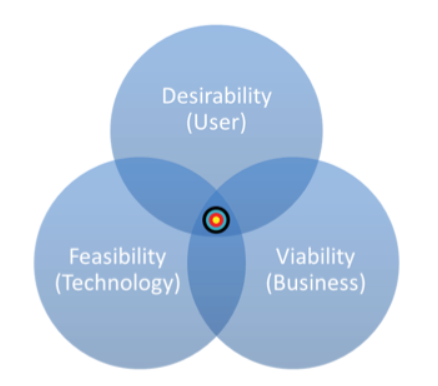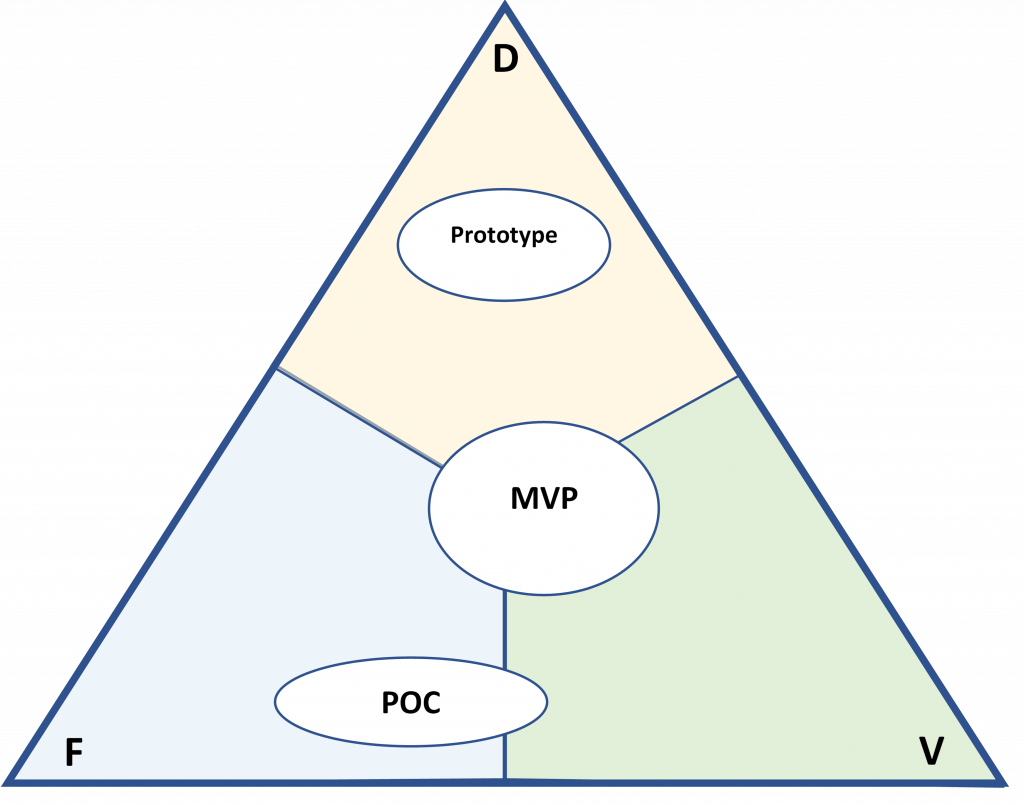Successful Digital Execution – A Question of Direction
- June 3, 2020
- Posted by: David Noyce
- Categories: ., 2020

“Ideas are cheap, execution is everything”, said various wise and learned people in slightly different ways, with particular reference to early stage companies. The idea is important, of course. What big problem or opportunity are you addressing? How many people are there out there that need a solution?
But yes, it’s the ability to create a compelling solution and a profitable business model that will win you investors’ money and ultimately drive a successful enterprise. Two of the most common reasons businesses fail are because they either run out of cash or they build something that nobody wants. In many cases the former can be a direct result of the latter, but both failure scenarios occur mainly due to bad execution – and specifically making the wrong choices.
As a Fintech or digital startup more generally, execution is centred around a technology proposition – the key choices therefore are those of technology; what to build and in what order.
The sensible starting point is to determine the biggest questions that currently exist for your business at the stage you are at. What are the unknowns that will most impact whether your venture is a success, the biggest concerns keeping you up at night? These questions should be driving the key hypotheses you need to test and prove positively before moving ahead.
The Desirability/Feasibility/Viability (DFV) lenses of innovation model, created by IDEO, has become a central tool in Lean start-up and Design Thinking-based approaches to business creation. It’s an effective tool to structure your key questions into three areas and show where you need to focus your learning, ensuring your business is in the intersect of the Venn diagram:

Desirability questions – Do they want this?
· Is this a big (enough) problem or opportunity for enough people?
· Does your solution satisfy the user/need want sufficiently?
· Will customers pay for the benefit and/or experience of your product?
Feasibility questions – Can we build this?
· Will the proposed solution work to produce the desired result?
· Can it be done fast enough? Accurately? Robustly?
· Can the solution scale?
Viability questions – Should we do this?
· Will product achieve the business goals?
· Does this business model make money?
· Is the operating model sustainable?
Framing your key questions in this way can help you define your roadmap of experiments to learn the most, in the fastest time, spending the least money. Three of the most common technology product experiments are the prototype, the proof of concept (PoC) – and of course the minimum viable product (MVP) the mainstay of any lean start-up bible follower. However, don’t even go there (yet) if some of the more fundamental ‘Desirability’ questions are not yet sufficiently answered. You need to be sure that the problem or opportunity you are addressing is real, important and relevant to enough people before making anything – best confirmed by the oft-quoted “getting out of the building”, “talking to your customers”, etc, etc….
Done that? Great, then let’s be clear on what these product experiments are in the context of digital start-ups and when they should be used.
1) Digital Prototype – shows how your product should be built by letting people use it. An interactive high-fidelity model of the end product, it simulates almost exactly the app design and user flow but without the working functionality. Particularly useful for B2C propositions, a prototype is used to learn through direct feedback whether what you are building and the experience you are delivering are genuinely wanted by your target market.
2) Proof of concept – verifies if a particular solution can possibly be implemented (both in terms of a business model and technical capabilities). Often referred to as a ‘proof of technology’, a small project PoC or series of them is a good idea if you are building or integrating something totally new, or it is not clear whether it can be done within a certain budget or timeframe.
3) MVP – proves that the final product should be built, truly valuable for target users and with a viable business model. An MVP is a fully functional core product that has the minimum set of features required to be shipped to (and paid for by) its first real customers. Understanding whether a demand for your product exists in a live environment and making money from early adopters are very strong signals that your business has potential.
These technology experiments should be considered as alternative or combined options depending on your need. They each have a different focus which can be summarised by mapping back to the DFV framework:

Learning as much and as fast as possible means taking the most direct route to answering the key questions facing your business. The most sensible path for your digital proposition maybe to go straight to MVP, if you have no significant technical hurdles and there is ability to create a low cost, low feature version of your product to sell. Where technical or regulatory/control barriers to a working product are high or unknown, investment in PoCs or prototypes can be the best way to ensure informed incremental investments – both can be used to attract investors and become the basis for a minimum viable product at a later stage.
So, navigating your way towards an optimal technology execution roadmap is not always straightforward. The good news is that when considered properly, and perhaps with the right expertise to guide you, great options exist to properly validate your digital proposition and help you build the right thing at the right time – ultimately giving you confidence you are making the best product in the most efficient way. Focusing on correct choices as well as (of course) the quality of what you build, will give you the best chance of turning a great idea into a well-executed and successful business.